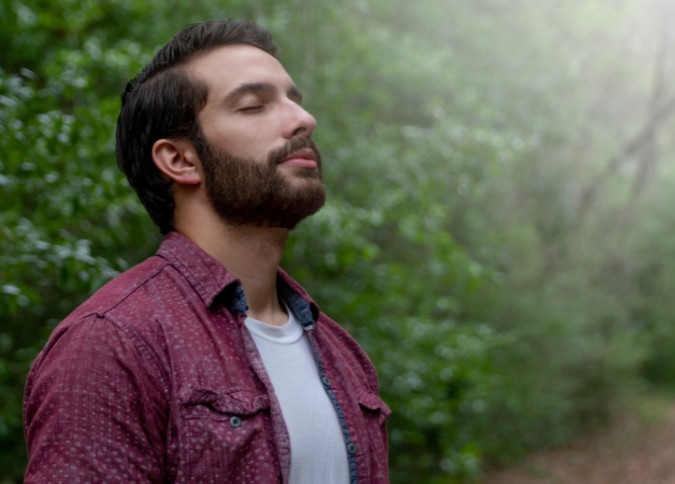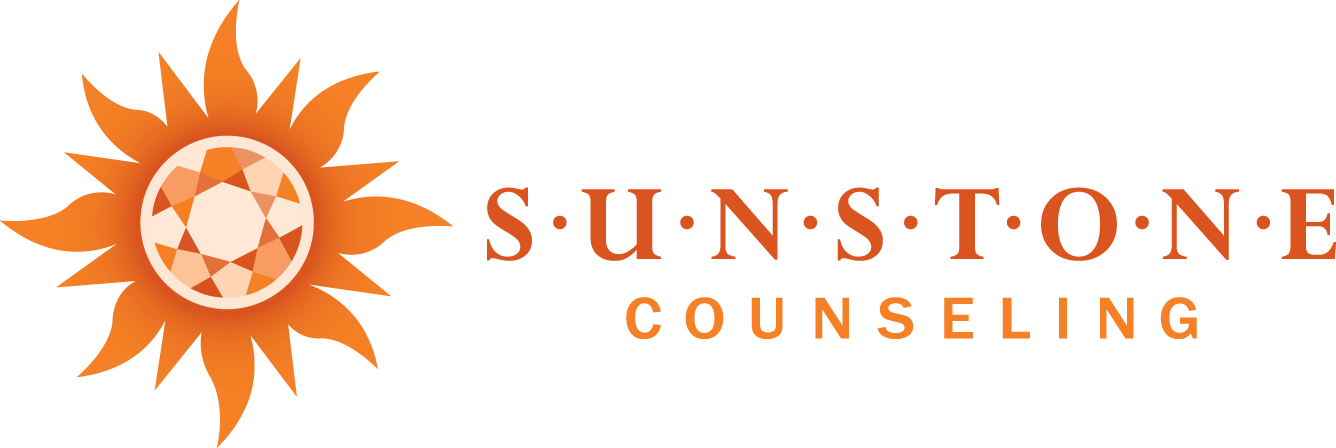The body is our vessel of life, our tool for engaging with the world around us, and our protector. For many of us, anxiety takes us out of our bodies and locks us in our thoughts about the past or the future. Thankfully, when we are jolted into an anxious state, simple breathing exercises can help turn on the rest response in the body through activation of the parasympathetic nervous system and stimulation of the vagus nerve.
Understanding Our Nervous System
When anxious or stressed, our nervous system is involved. The autonomic nervous system has two branches: the sympathetic and the parasympathetic. The sympathetic nervous system is responsible for fight-or-flight responses and short-term survival, while the parasympathetic nervous system is at work for rest/digest states and is necessary for long-term survival.
Chronic stress, anxiety, and panic can keep keep the body’s sympathetic nervous system in a near-constant and over-active state. Learning to calm the sympathetic nervous system and strengthen the parasympathetic nervous system‘s relaxation response is an important part of anxiety reduction.
Another area that regulates our body’s stress response is the vagus nerve. The vagus nerve begins at the base of the skull and travels down the body (known as the “wandering nerve”), with four branches in the throat/neck/chest (ventral) and in the gut (dorsal). It is the main component of the parasympathetic nervous system, which oversees a vast array of crucial bodily functions, including control of mood, immune response, digestion, and heart rate.
Breathing Exercises And Our Nervous System

Breathing exercises can help activate the parasympathetic system, which controls our rest state, and deactivate the sympathetic nervous system which regulates our fight-or-flight response, with stimulation of the vagus nerve.
Diaphragmatic breathing positively triggers the body to orient towards a state of safety; alternate nostril breathing provides mental structure and regulation of oxygen intake to decrease fight/flight response; and bee breathing stimulates the ventral portion of the vagus nerve to initiate calming signals to the mind and body.
Here are three breathing exercises that help reduce stress and anxiety
3 Part Breath (Diaphragmatic Breathing)
Practice with eyes open or closed; standing, seated, or lying down. [Watch a demonstration.]
- Begin by simply noticing the breath, gently drawing your awareness to the experience of the breath in the body.
- With engaged curiosity as the mind wanders, guide mental focus to the physical sensation of the breath moving through the body.
- Place one hand on the belly and one hand near the heart.
- Starting with the inhale: breath into the belly, feeling the hand rise as abdomen expands; breath into the ribs; breath into the chest and throat, feeling the hand rise over the heart.
- Gently hold the breath at the top of the inhale.
- Exhale down the throat and chest, down the ribs, down the belly; feeling the hands rest downwards as the exhale moves through.
- Add a count: Inhale for a count of 3, hold for a count of 1, exhale for a count of 4.
- Follow this breath for 5 rounds or more, extending the inhale, hold, and exhale as able.
Alternate Nostril Breath (U-Breath)
Practice with eyes open or closed; seated, standing, lying down. [Watch a demonstration.]

- Relax your left palm comfortably in your lap and bring your right hand just in front of your face.
- Relax left palm, bring right palm in front of the face.
- With the right hand either:
- Make the “hang loose” sign with thumb and pinky fingers extending and pointer/middle/ring finger resting on the palm. Place thumb gently on left nostril and pinkly gently on right nostril
- Keep pointer and ring finger together and rest them in between the eyebrows, thumb resting on right nostril and ring finger resting on left, pink finger relaxing
- Take a deep/slow breath in and out of the nose.
- Close right nostril with right thumb. Inhale through the left nostril slowly and steadily.
- Close the left nostril with the pinky/ring finger so both nostrils are held closed; retain your breath at the top of the inhale for a brief pause.
- Open your right nostril and release the breath slowly through the right side; pause briefly at the bottom of the exhale.
- Inhale through the right side slowly.
- Hold both nostrils closed (with ring finger and thumb).
- Open left nostril and release breath slowly through the left side. Pause briefly at the bottom.
- Repeat 5-10 cycles, allowing the mind to follow your inhales and exhales.
Steps 5-10 constitute one “round” of breath.
Bee Breathing
Humming quickly accesses and stimulates our ventral vagal nerve, one way to activate a relaxation response
Practice with eyes open or closed; seated, standing, lying down. [Watch a demonstration.]
- Bring awareness into the present moment, guiding your focus to the body and the breath.
- Take a long, slow breath in through the nose.
- Close the lips and breath out the nose through the back of the throat while making the sound “Hummmm.”
- Exhale until you can no longer hum.
- Repeat for 5 or more rounds.
Getting Professional Support
These simple breathing exercises are an important tool in our anxiety reducing toolbox. If you feel you need a little extra help to support your mental health and your breathwork practice, reach out to Sunstone and find the right counselor to guide you to a brighter tomorrow.




